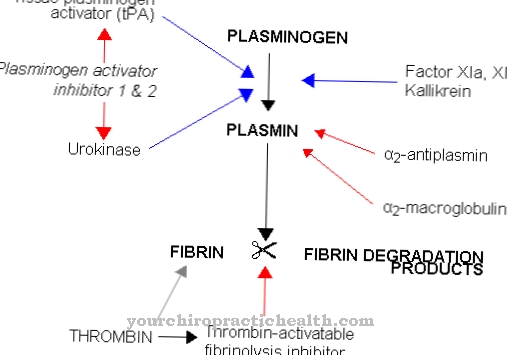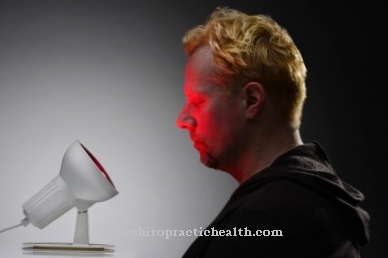The Short wave therapy, also diathermy called, refers to a physical therapy within medicine in which heat is generated in the body tissue by high-frequency electromagnetic fields or high-frequency currents. This method is used in pain therapy, to stimulate blood circulation and for electrosurgical procedures.
What is short wave therapy?

In the diathermy Electrodes are either placed on the skin to generate high-frequency currents, or the corresponding skin areas are irradiated with the high-frequency electromagnetic fields using an antenna.
Basically three frequency ranges are used in short wave therapy. This includes the frequency ranges 13.56 MHz, 27.12 MHz and 40.68 MHz. In addition to short-wave therapy, diathermy as such also includes decimeter and microwave therapy, but these only play a minor role. The high-frequency currents or fields in short-wave therapy have a tissue penetration depth of more than 20 cm.
Function, effect & goals
The diathermy comprises two basic possible uses. An important indication is their use for anemic surgical severing of tissue. This can be both skin and muscle tissue. The second area of application relates to high-frequency heat treatment in electrotherapy. Electrotherapy is often used for circulatory disorders, rheumatism, sciatica and osteoarthritis.
Furthermore, it also serves to stimulate the metabolism and to reduce the tone in the case of muscle tension. Today it is used less often for inflammation of the jaw and frontal sinus in order to avoid possible eye damage.
The heat generation in the tissue takes place via various physical processes. When electrodes are applied, a current is generated which, due to the high ohmic resistance, is converted into heat. The directionally moving electrons are inhibited in their movement by this resistance and transfer their energy to the body's own polymer molecules, which are set in motion in this way. When this vibration energy is transferred to other molecules, heat is generated.
If the electromagnetic alternating field is generated by means of a coil, so-called eddy currents are created in the body by changing magnetic fields, which of course also transform into thermal energy. When high-frequency electromagnetic fields are irradiated via an antenna, polymer molecules are set to vibrate, which then convert their energy into heat.
So-called electrocautery are used to perform anemic surgical interventions. These work by applying large electrodes to hairless skin areas. At the points where tissue is to be severed, a high level of heat is generated in a targeted manner. The tissue in question is locally burned, so to speak, and can be separated. Incidentally, this method can also be used to remove tattoos that are no longer desired. This requires a lengthy, sometimes painful, application.
The high-frequency heat therapy, i.e. the irradiation of the corresponding areas with high-frequency short-wave radiation, is used to treat diseases in the orthopedic-traumatological field. This concerns z. B. osteoarthritis, rheumatoid arthritis, rheumatic diseases or muscle strains. The resulting heat stimulates the blood circulation so that the natural healing powers of the body are more effective. However, it should be said that diathermy is always indicated as a complementary treatment method alongside other therapies.
Risks, side effects & dangers
As with other therapies, the diathermy but also dangers and is also contraindicated under certain circumstances. In electrothermal operations, for example, local burns can occur due to poorly fitting electrodes. This requires constant monitoring by the doctor during the operation.
If the tissue to be separated is still not hit properly, pain and scarring can occur. When removing a tattoo, the patient has to be prepared for a lengthy treatment, as many areas of the skin have to be treated here. Sometimes there are pain that lasts for months, which only subside when the damaged skin is completely replicated again.
Diathermy is absolutely contraindicated for both applications with an implanted pacemaker, as it can be damaged by the magnetic field. The same applies to an inserted neurostimulator that is implanted for pain relief. For the application of high-frequency heat therapy, diathermy is contraindicated in acute inflammation, thrombosis, gravity and disturbed heat sensation.
In addition, the short wave therapy should not be used in the presence of metal objects such as watches, jewelry, piercings and others, because there is a risk of burns.


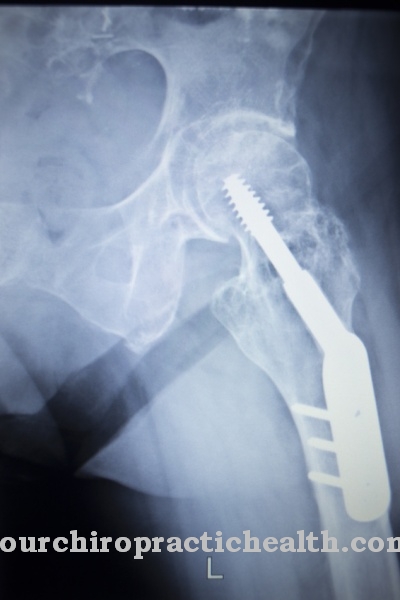





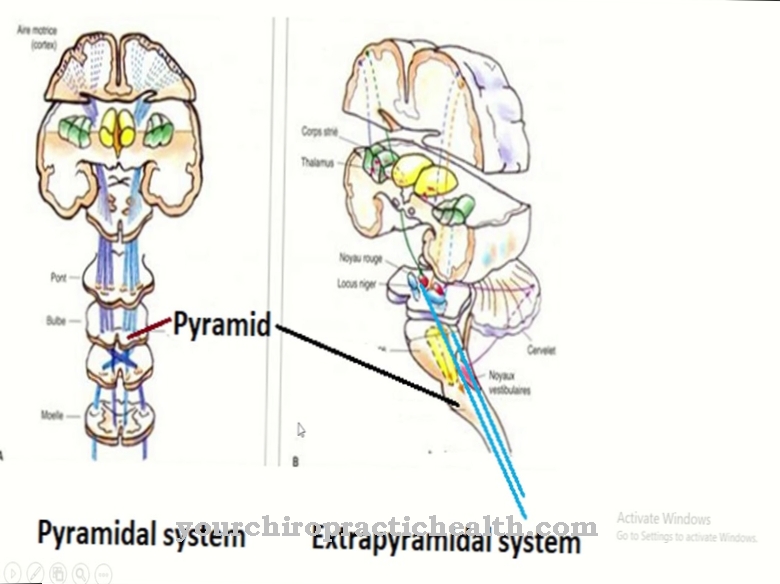
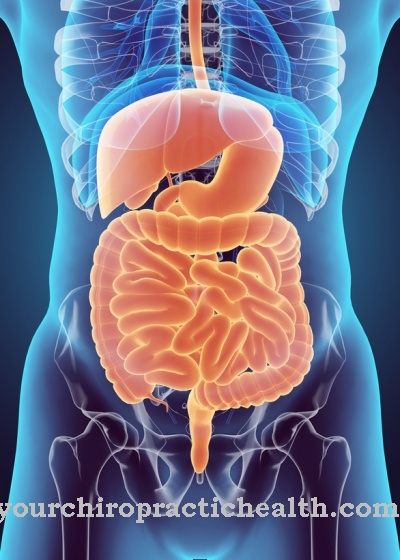
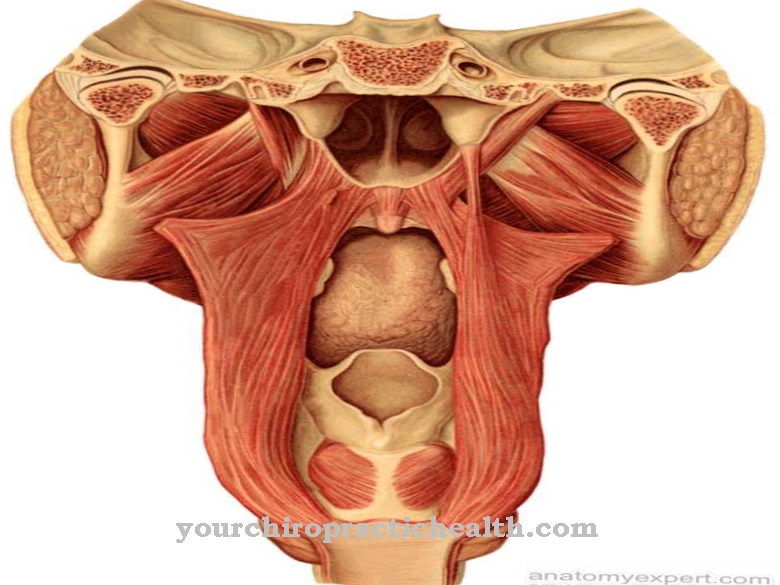
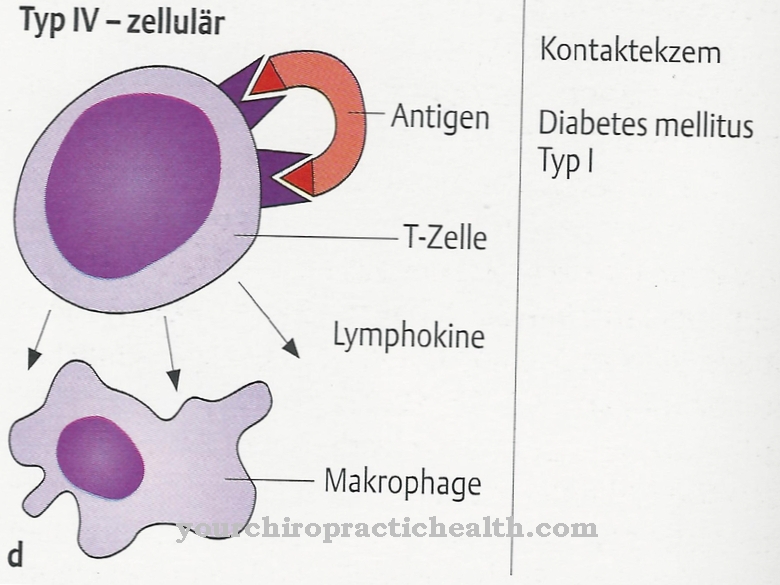




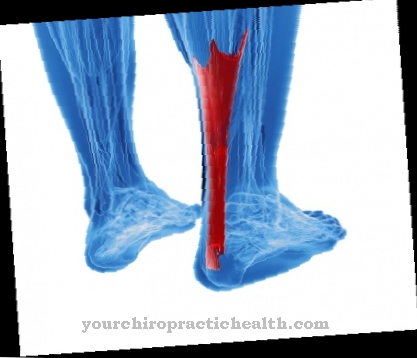





.jpg)


